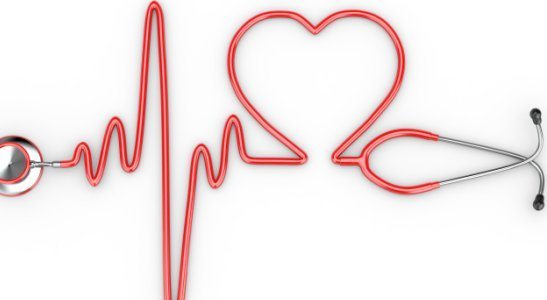Arizona’s health care industry evolves to meet population’s cardiac needs
The risk of heart disease increases with age, and people are living longer. Fortunately, the disease’s mortality rate has decreased in the U.S. over the last several decades. Much progress has been made in cardiovascular care, and improved medical practices are encouraging. Arizona has exciting new cardiovascular-related construction projects, medical practices and programs, but how does the quality of care here compare to that in other states?
HealthGrades, a leading independent health care rating company, sheds some light. It rates hospitals across the U.S. on numerous procedures. A hospital receives a rating of one, three or five stars in a wide range of categories from heart failure and heart attack to coronary intervention and cardiac surgery. About 15 percent of hospitals across the country that are ranked receive five stars.
“Like that in other states, the quality of cardiac care in Arizona varies widely from hospital to hospital,” says Scott Shapiro, senior vice president of corporate communications and marketing for HealthGrades. “But according to our study, overall cardiac care in Arizona doesn’t outperform the rest of the country.”
Even though Arizona as a state isn’t a leader in cardiac care, it does offer cutting-edge facilities. Of its 27 hospitals rated by HealthGrades, three are in the top 5 percent in the U.S. for overall care. Granted, high performance overall doesn’t necessarily equate to high performance in all specialties such as cardiac care, but there is good news in Arizona’s case. Over the last several years, HealthGrades has recognized a handful of hospitals here for excellence in cardiac care, including Scottsdale Healthcare-Shea, one of three hospitals in the Scottsdale Healthcare system.
Robert Gianguzzi, associate vice president for heart and vascular services at Scottsdale Healthcare, is a 25 year veteran in the field. As someone who has seen the industry mature, he observes positive industry changes related to what he calls “the migration to the Southwest.”
The link between Arizona’s proliferating population and the quality of its cardiac care is a tried and true finding: The higher the quantity — the more procedures done — the higher the quality. More people living here means more people receiving care for cardiac needs, which in turn means a boost in hospitals’ quantity and quality.
“With (baby boomers) coming down from different parts of the region, it’s adding a level of sophistication for services,” Gianguzzi says. “Hospitals have aggressively moved to tertiary clinical cardiovascular powerhouses. You’re getting a lot of educated consumers. People are retiring and demanding more services.”
Scottsdale Healthcare-Shea is one of relatively few hospitals in the country that has the state-of-the-art da Vinci surgical robot used for minimally invasive, off pump bypass surgery. An incision is made by going in between ribs, rather than opening the chest; scarring is minimal and recovery time is approximately one week as opposed to three.
It is technologies such as this and progressive research practices unavailable at most hospitals across the country that make some of Arizona’s institutions highly desirable to those needing care. Local to international patients seek out these institutions for their new technologies, which are often hard to come by elsewhere. Yuma Regional Medical Center, for example, received five stars in the heart failure category for 2008 and is the first location in the country to implant a new type of cardiac stent.
Not only are methods of care evolving, so is the aging population’s needs. Carol Benson is public affairs representative for the Mayo Clinic Hospital, whose Phoenix location earned five stars in every field of the cardiac care category from 2006 to 2008.
“(There has been) an increased demand for ventricular assist devices and artificial hearts as a bridge to transplant,” she says. “Also, much more serious cardiac cases, especially since starting a heart transplant program in 2006.”
As hospitals see higher volumes of open-heart surgery, interventional minimally invasive procedures, as well as those for arrhythmia management, they’re challenged with providing the highest levels of cardiac care.
“We have a couple factors impacting cardiac care — growing population and ability to meet those needs and also having baby boomers who are reaching the age of being referred to a cardiologist,” says John Harrington, FACHE, CEO of Banner Heart Hospital in Mesa, the second largest free-standing heart hospital in the country.
Booming population is a double-edged sword. On one hand, the more patients hospitals treat, statistically, the better the care will be. On the other, the sheer number of those accessing heart services stresses an already busy system.
For more information on the health companies mentioned, visit the following websites:
healthgrades.com
shc.org
yumaregional.org
mayoclinic.org
bannerhealth.com




